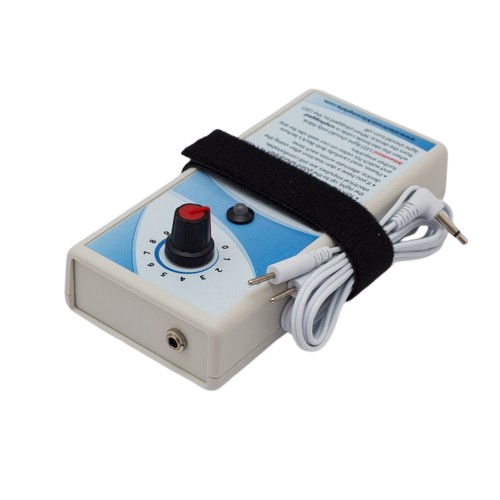Electroconvulsive Therapy (ECT)
Electroconvulsive Therapy (ECT) is a medical procedure used to treat severe psychiatric conditions, such as major depressive disorder, bipolar disorder, and certain forms of schizophrenia. It involves the controlled delivery of electrical currents to the brain to induce a brief seizure. This therapeutic technique is typically administered under general anesthesia, with the patient carefully monitored throughout the process.
ECT is believed to work by altering the brain’s neurochemical balance and promoting changes in neurotransmitter activity. Although the exact mechanism is not fully understood, it is thought to have a normalizing effect on brain function, leading to improvements in mood, cognition, and overall mental well-being.
ECT is generally considered when other treatment options, such as medication or therapy, have been ineffective or when there is a need for more rapid relief of symptoms. The number of ECT sessions required varies for each individual, but a typical course of treatment consists of several sessions administered over a few weeks.
While ECT is generally safe, there may be some potential side effects, including temporary memory loss or confusion immediately following the procedure. However, these side effects are typically short-term and resolve over time.
It is important to note that ECT is a specialized treatment that requires careful evaluation and monitoring by a qualified healthcare professional. The decision to undergo ECT should be made in consultation with a psychiatrist or medical specialist experienced in this form of therapy.
Please remember that this information is provided for general knowledge purposes only, and it’s always advisable to consult with a medical professional for personalized advice and guidance regarding specific medical treatments or conditions.
